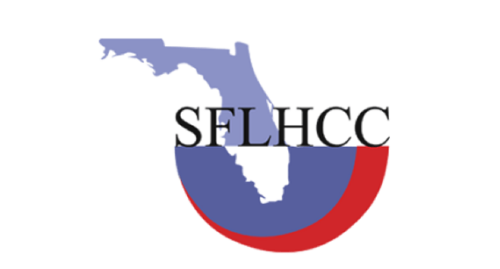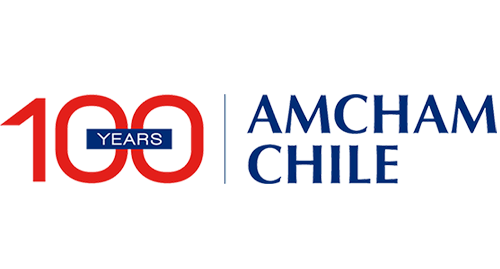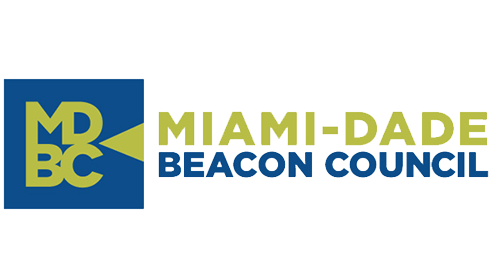
This article first appeared on Infobae on December 29, 2021.
This year in Colombia 372 convictions were issued and 1,344 people were charged for allegedly having committed acts of corruption. This information was revealed this December 28 by the Attorney General’s Office, which indicated that these are the results of a new strategy that was implemented in 2021 whose objective was to reactivate cases that were about to be archived or were very complex.
The prosecutor indicated that this year more people were charged for corruption than in 2020. Likewise, it pointed out that in an articulated work with the different regional offices, 446 people were captured, 322 more than the previous year.
The highest number of results was recorded on the Atlantic Coast. In this region, there were 139 arrests and 227 indictments.
Among the most important cases in which the entity worked is the theft of state resources by the Unión Temporal Centros Poblados to digitally connect rural areas of the country and the loss of resources in Cauca that were intended for the health sector. The Prosecutor’s Office assures that it has already managed to prosecute those involved in these situations.
Corruption is one of the most common crimes in the country. Recently, Corporación Transparencia por Colombia presented the report “Así se mueve la corrupción: Radiografía de los hechos de corrupción en Colombia 2016 – 2020″ and it shows that in the mentioned period 967 cases were reported, in which more than $13.67 billion were lost.
In this report, the corporation evidenced four main types of corruption in the country headed by administrative corruption with 44%, followed by political corruption with 27%, private corruption with 19%, and finally, judicial corruption with 10% of the cases identified by the Citizen Corruption Monitor, “a platform for information curation, investigation, and monitoring of corruption” in the national territory.
“Since the signing of the Peace Agreement, corruption has positioned itself as the main problem that worries Colombians, which has led citizens to move from indignation to action by carrying out continuous mobilizations against it. However, in order to be able to make decisions that allow dealing with corruption effectively, it is necessary to understand how it manifests itself, what are its causes, characteristics, consequences, actors, among others,” said Transparencia for Colombia.
In this sense, the corporation pointed out that through the analysis of the identified acts of corruption that have occurred in the country, seven of the most affected entities have been established, headed by the national government with 32%, followed by the mayors’ offices with 27%, then the private sector with 12%, the governors’ offices with 11%, the Judicial Branch with 9%, the Legislative Branch with 5% and finally, the independent entities with 4% of the cases.
Within each of these groups, it was identified that the greatest number of cases were presented by the public forces with 178 cases, the central office of the mayor’s offices with 170 cases, private companies within this important sector with 50 cases, the central office of the governors at the departmental level with 50 cases, the prosecutors’ offices with 39 cases, the councils within the legislative branch with 20 cases, and the autonomous corporations within the independent entities with 17 cases.














